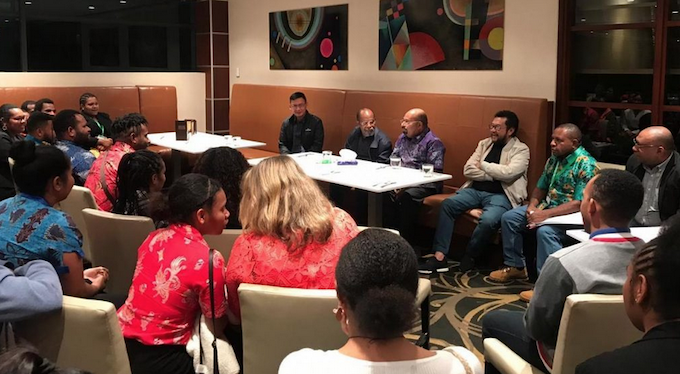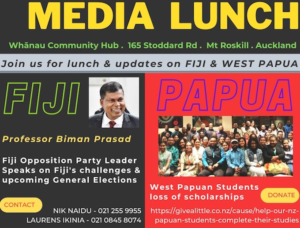… wrong is what really pays …
— Plato, Republic (ii. 366)
“During the 1990s, the World Bank changed course to address the ‘cancer of corruption.’”
I’m not surprised. This was the end of the Cold War — and the end of the generals, like General Ershad in Bangladesh.
As The Economist observed: “…the cold war’s end prompted western donors to stop propping up anti-communist dictators and to start insisting on democratic reforms.” And it was only in 1991 in Harare, Zimbabwe that heads of states declared that the Commonwealth should promote democracy and human rights.
But that’s just surface stuff.
The real insight came from two anthropologists, Patrick Chabal and Jean-Pascal Daloz in their book Africa Works: Disorder as Political Instrument (Oxford: James Currey, 1999) where they say: “It cannot simply be a coincidence that, now that the West ties aid to democratisation under the guise of multi-party elections, multi-party elections are taking place in Africa.” (p 118)
Money that had hitherto been channeled through the state now began to flow to non-state actors – NGOs. Unsurprisingly, these have proliferated. Again, Chabal and Daloz make an astute observation: “The political significance of such a massive proliferation of NGOs in Africa deserves closer attention. Our research suggests that this expansion is less the outcome of the increasing political weight of civil society than the consequence of the very pragmatic realisation that resources are now largely channeled through NGOs.” (p 22) In other words, a rational response to monetary rewards.
Bangladesh tells a similar story. According to The Economist: “There are about 20,000 non-governmental organisations (NGOs) in Bangladesh, probably more than in any other country.”
You can take a business to court for corruption, but you can’t haul Congress or Parliament to court.
These NGOs (aka civil society) have been paid to “look the other way.” Notice their deafening silence on political violence in this country.
You may (but probably have not) heard of hartals in Bangladesh: violence unleashed on innocent bystanders by the opposition to bring down the government (“strikes-cum-blockades enforced by partisan thugs” was The Economist’s tortured definition).
“Politicians are not human.”
Such was the pronouncement of the brother of Salahuddin (33), a fisherman, who was killed in a skirmish between the two student wings of the political parties in a hartal (Prothom Alo, 6th April, 2001). Two rickshaw-pullers – one of them unidentified, the other Badaruddin (32) – were bombed while they were pulling their rickshaws during hartal hours. It took them 24 to 48 hours to die (The Daily Star, April 4, 2001). An auto-rickshaw was burned to ashes, and when the driver, Saidul Islam Shahid (35), tried to put out the flames, he was sprinkled with petrol, and burned to death. It took him more than two days to die (The Daily Star, April 5, 2001). Truck driver, Fayez Ahmed (50), died when a bomb was thrown on his truck (The Daily Star, April 4, 2001). And Ripon Sikder, a sixteen-year-old injured by a bomb, died on 4 May at the Dhaka Medical College Hospital after struggling for his life for eleven days (The Daily Star, May 6, 2001).
A headline in The Daily Star reads: “Arson attack on bus kills 9; bomb hurled on transport in several city areas.” On the night of June 4, 2004, a double-decker public bus full of passengers in front of the Sheraton Hotel in Dhaka blew up in flames. “The fire caught my wife Yasmin and burnt her alive before my eyes on the upper deck,” said Abdur Rahim, bursting into tears. Six people were incinerated inside the bus, and a burnt man jumped to his death; two others, including a two-year-old child, Meem, died at Dhaka Medical College Hospital (June 5, 2004).
The leader of the opposition at the time, Sheikh Hasina, had called a hartal. “This sort of incidents [sic] take place before every hartal and you also know the perpetrators,” said Dhaka Metropolitan Police Commissioner Ashraful Huda, careful not to name the Awami League, Sheikh Hasina’s party, who were destined to be his future boss.
According to the Banglapedia (“Hartal”) online, 80% of all hartals after 1947 occurred between 1990 and 2011. Of the 721 national hartals recorded by the Banglapedia since the country came into being as East Pakistan in 1947, 591 occurred after the democratic transition of 1990 – that is, 82% in a mere 21 years (1990-2011). The article needs updating for there have been many and severe hartals as recently as 2015, when, according to David Bergman, a journalist, 61 people died, most of them burnt alive, in January alone (Bergman notes that altogether 119 people died through political violence, including hartals, in January and February, 2015. Bergman’s blog is blocked in Bangladesh.) The Economist article on the violence quotes a similar figure of “about 60” killed, though does not mention how.
Free and fair elections?
Not a single word appeared in the newspapers of Bangladesh about the findings of Walter Mebane and his team at Cornell was reported in The Economist. Mebane and others studied the figures for the three elections in this country in 1991, 1996 and 2001. The first was clean, the second showed that some 2% of results were problematic and the third, a glaring 9%. Yet the elections had been vetted by the Carter Center and the European Union.
“We are blessed to be living in a democracy like Bangladesh…,” US Ambassador Harry K. Thomas said in an interview, according to the The Bangladesh Observer of June 25, 2005.
Fed up, the people yearned for military rule. An editor at the most widely circulated English daily (motto: YOUR RIGHT TO KNOW), told me bluntly, “We know people want martial law, but we can’t print that”.
The executive editor and his wife, who heads a mammoth NGO, Manusher Jonno, are beloved of western donors.
My gleanings from newspaper headlines between 2000 and 2019 show that 888 student politicians, who have formed a mafia of extortion and other crimes, have been murdered — by each other. (Body-counting has led to moral and emotional exhaustion, so I have since discontinued the grim census.)
The NGOs regularly publish grisly stats at the end of each year — but these young deaths are never mentioned. That would expose democracy in Bangladesh, which western donors do not pay them to do.
It has been estimated by economist Abul Barkat that only 25% of donor money reaches the poor in Bangladesh (New Nation, September 26, 2003); the remainder goes towards meeting administrative costs, including salaries. Chabal and Daloz observe that “…there is today an international ‘aid market’ which Africans know how to play with great skill. Indeed, there is very little doubt that NGOs spend an excessive proportion of their budget on furnishing their members with sophisticated and expensive equipment (from computers to four-wheel drives), leaving all too little for the development projects which justify the work of the NGOs in the first place.” (p 23) This observation can be made of Bangladesh verbatim. Dr. Mozaffer Ahmed, economist and former chairman of Transparency International Bangladesh, echoed Abul Barkat when he observed that “Beneficiaries get only 20 to 22 percent of the foreign funds while [the] rest are used as ‘cost of fund’ meaning house rent, salary and other expenses” (Daily Star, July 11, 2009).
Therefore, it is not surprising that a BBC survey found that every section of society was suspicious of NGOs. Only three percent surveyed wanted to give them more power — and only two per cent admired social work, the ‘least admired’ of all kinds of work” (Daily Star, December 9, 2005),
“People respect other people with high moral standards,” says the Oxford University blog quoted in this article’s first line.. Well, they respect money more. And these NGOs (and wider civil society) are not breaking the law. They’re turning a blind eye for the benefit it brings.
The manifest function of NGOs is to promote civil society and development; their latent function is to purchase the loyalty of the elite — and, in not a few cases, the masses, exploiting their poverty.
Consider the late, award-winning Father Timm (1923-2020). He and the priests at Notre Dame College valiantly fed 1,000 people daily during the man-made famine of 1974 (as I learned from conversations with the late principal Fr. Peixotto and vice-principal Fr. Banas).

Yet, in the 1990s, he appeared in The Economist pages (where he was inaccurately described as a Jesuit) boasting of having got so many women to vote! He believed in democracy — despite the evidence.
NGOs like ASA, with support groups in 40,000 villages, are canvassing women to back the secular Awami League. “In a Muslim state,” says Father Timm, ASA’s American Jesuit (sic) president, “we’ve managed to ensure more rural women cast their vote than men.” It is, he says, “a social revolution to combat the medievalism of the fundamentalists.”
Apparently, he had learnt nothing from the fact that 1.5 million people had starved to death under a democratically elected — and fanatically anti-Islamic — government of the same party, run by despotic pere, now by despotic fille (Sheikh Mujib and his daughter, Sheikh Hasina). To pater patriae, senior’s honorific, must be added a second: auto-genocidaire. It is as though Pol Pot junior had succeeded Pol Pot senior.
Fr. Timm’s single-minded pursuit of democracy and secularism, in the teeth of evidence, reminds one of the intellectuals of the last century. “We are familiar with those intellectuals of the twentieth century who were willfully blind to the crimes of totalitarianism.” This succinct observation comes from the pen of Justin E. H. Smith in his aptly-titled book Irrationality: A History of the Dark Side of Reason (Princeton: Princeton University Press, 2017, p 462).
“By the end of the year [1974], the Bangladesh government stood exposed as inept, indifferent and heartless. All its political credit had vanished. Seventy distinguished Bangladeshi economists, lawyers and writers issued a statement saying that the famine was man-made and had resulted from ‘shameless plunder, exploitation, terrorization, flattery, fraudulence and misrule.’ They added that the government was ‘clearly dominated by and…representative of smugglers and profiteers’ (Willem van Schendel, A History of Bangladesh, (Cambridge University Press: 2009), p 181).’
According to the Encyclopaedia Britannica (“famine”, 15th edition, 1988), after the floods of 1974, “The government did not make available to the hungry people large quantities of rice that were available, and merchants exported it to India.”
Notre Dame College, where Fr. Timm taught and resided (I often saw him playing basketball with the boys), is famed not only for academic excellence, but for keeping students out of politics (two reasons why a recommendation by the principal carries great weight with American universities considering enrolling students from Bangladesh). These juveniles are routinely exploited by the political parties as thugs — Notre Dame, unlike the infamous Dhaka College, keeps parents informed if kids get into politics (students enroll at16 and leave at 18: they’re minors during their stay).
Indeed, in my talks with the padres, I learned how Sheikh Mujib’s son, Sheikh Kamal, and his thugs descended on the college in the early 1970s and demanded student politics on campus. The priests, in cassocks, such was the dread occasioned by the scion and his cohorts, who had the entire state machinery behind them, decided that night to leave the country rather than run a criminalised institution headed by student leaders. Sheikh Kamal, sensing this, never returned. The wisdom of the fathers of the Holy Cross averted the fate that overtook Dhaka University: on its centenary of founding, a journalist observed, “These days, student leaders even control their teachers, although only around 10 percent of teachers are involved in politics, while the rest are devoted to carrying out their jobs.”
Fr.Timm, therefore, was uniquely privileged to know how “democracy” and “politics” function in Bangladesh. He knew about the hartals enforced by student thugs who burn people alive. (He was, as we have seen, intimately familiar with the famine of 1974 during our first democracy – he, in fact, started the feeding centre at the college when he witnessed a woman fighting off dogs to get at food in a dustbin.)
Yet he never spoke out on the subject. He was vocal against child labour in the garments factories, but that children were being exploited by the political parties seemed not to matter given the “greater” cause of democracy, the Big Picture dwarfing the Little People, the grand narratives of the last century unleashed on the hapless. Unsurprisingly, these boys, once criminalized, end up killing each other over turf and spoils (see chart).
Today, in totalitarian Bangladesh, under Sheikh Hasina, Mujib’s daughter, dissidents are at risk of being disappeared. According to The Economist, “Under her 12-year tenure at least 600 Bangladeshis are reckoned to have been “disappeared””. The newspaper added a new word to its Espresso edition for the week: goom. The Persian word literally means “lost”. State-sponsored abductions, observes Meenakshi Ganguly, South Asia director of Human Rights Watch, have become a systematic tool of oppression in this country.
The prime minister’s vade mecum appears to be Orwell’s Nineteen Eighty-Four. Orwell writes: “More commonly, people who had incurred the displeasure of the Party disappeared and were never heard of again”.
What I’m struggling to articulate here has recently been brilliantly portrayed by Eviatar Zerubavel in The Elephant in the Room: Silence and Denial in Everyday Life (New York: Oxford University Press, 2008).
“Hush money,” he observes, “always flows down the power ladder….Furthermore, silencing is also used “as a weapon of subjugation…the suffocation of the Other’s voice.” (p 41).
That Fr. Timm and his NGO, and assorted civil society like Manusher Jonno, serve as conduits for western government lucre to corrupt our best and brightest says a great deal about how hush money wends its way into our pockets.
No monopoly western publication ever printed any of my articles, poems or short stories on these subjects – but the Indy-media did. They have shoestring budgets and frequently go bust or the publisher, a one-man or one-woman show, dies, and the journal folds.
If a writer is willing to accept obscurity without pay, neither cash nor kudos, then he or she will be heard by a few friends who might bother to read the material.
But silence and denial run deep – even among friends and family.
And that reminds me of those inimitable lines by Robert Burns:
The man o’ independent mind
He looks an’ laughs at a’ that.
— “A Man’s A Man For A’ That”, 1795
The post
Corruptio Optimi Pessima first appeared on
Dissident Voice.
This post was originally published on Dissident Voice.
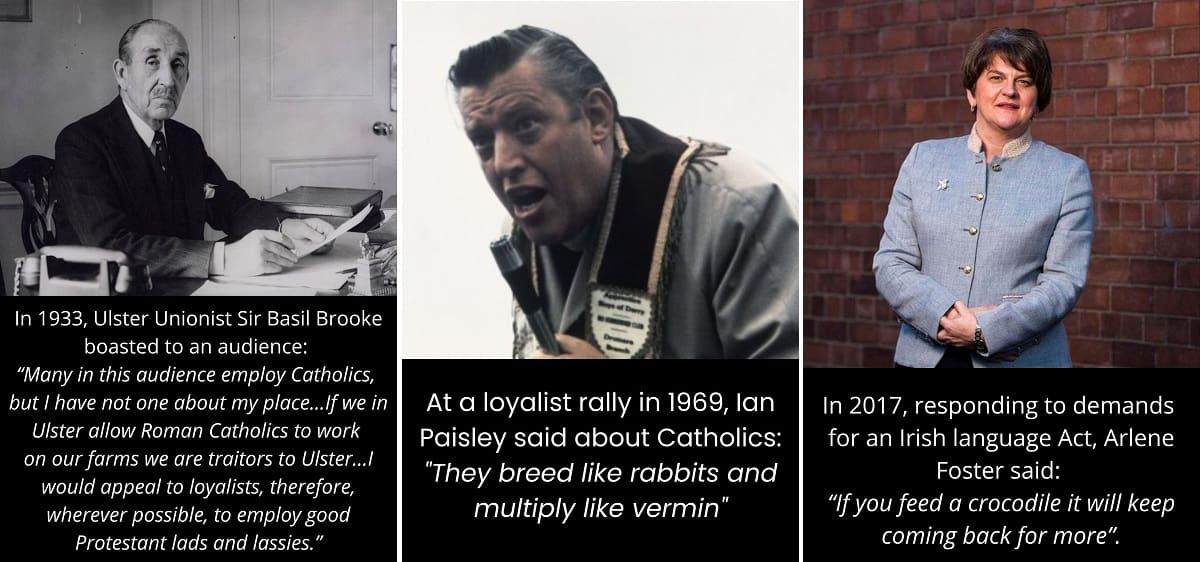



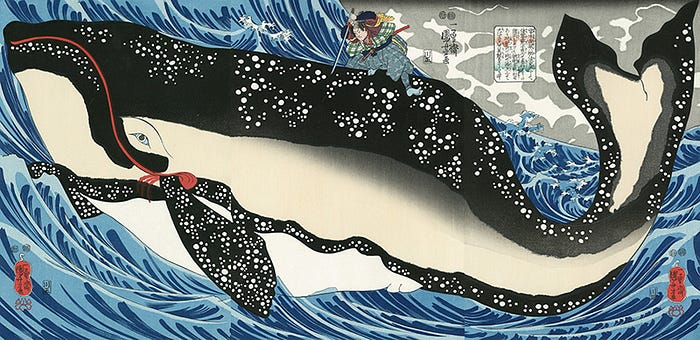
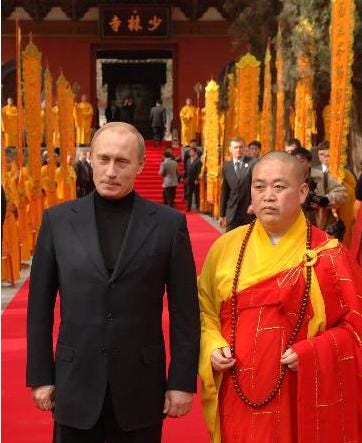


 Well done everyone!
Well done everyone! 

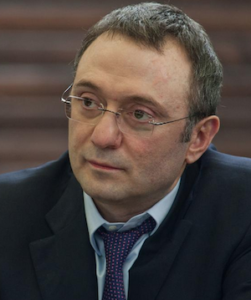

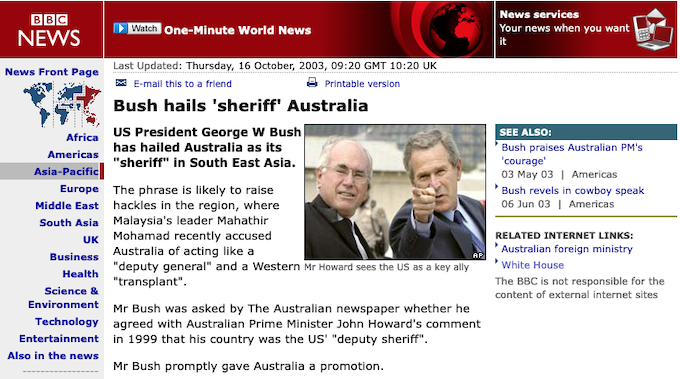
 …
…

